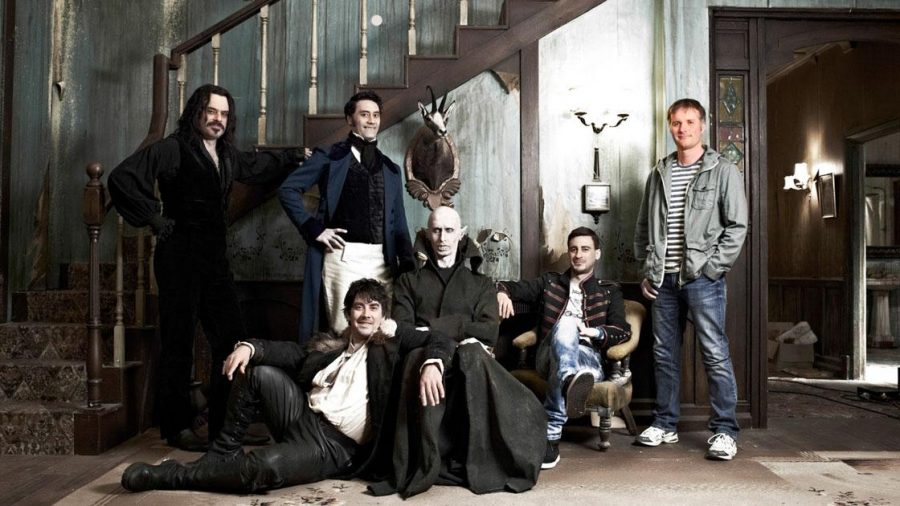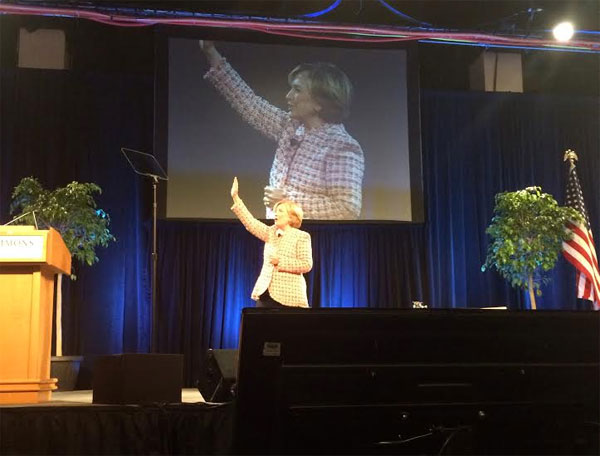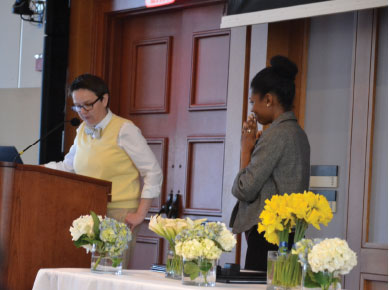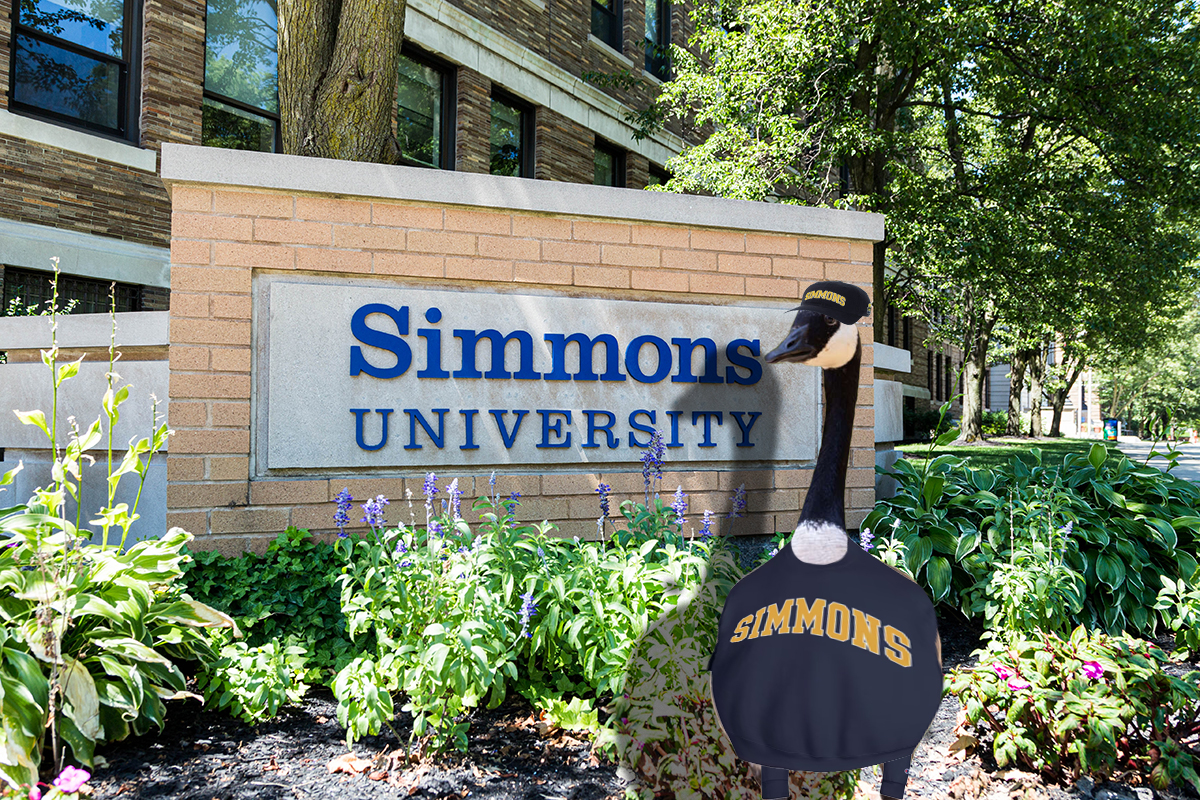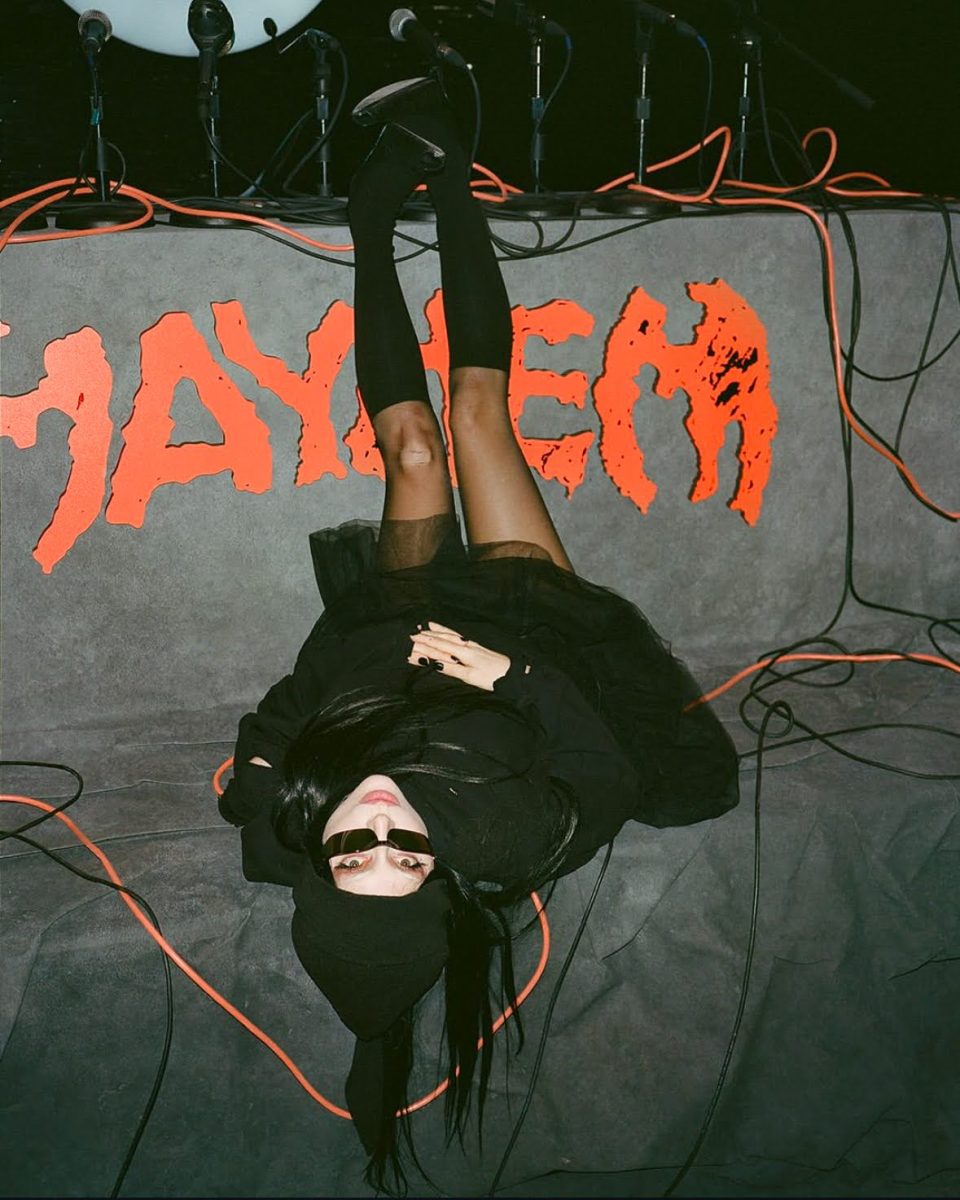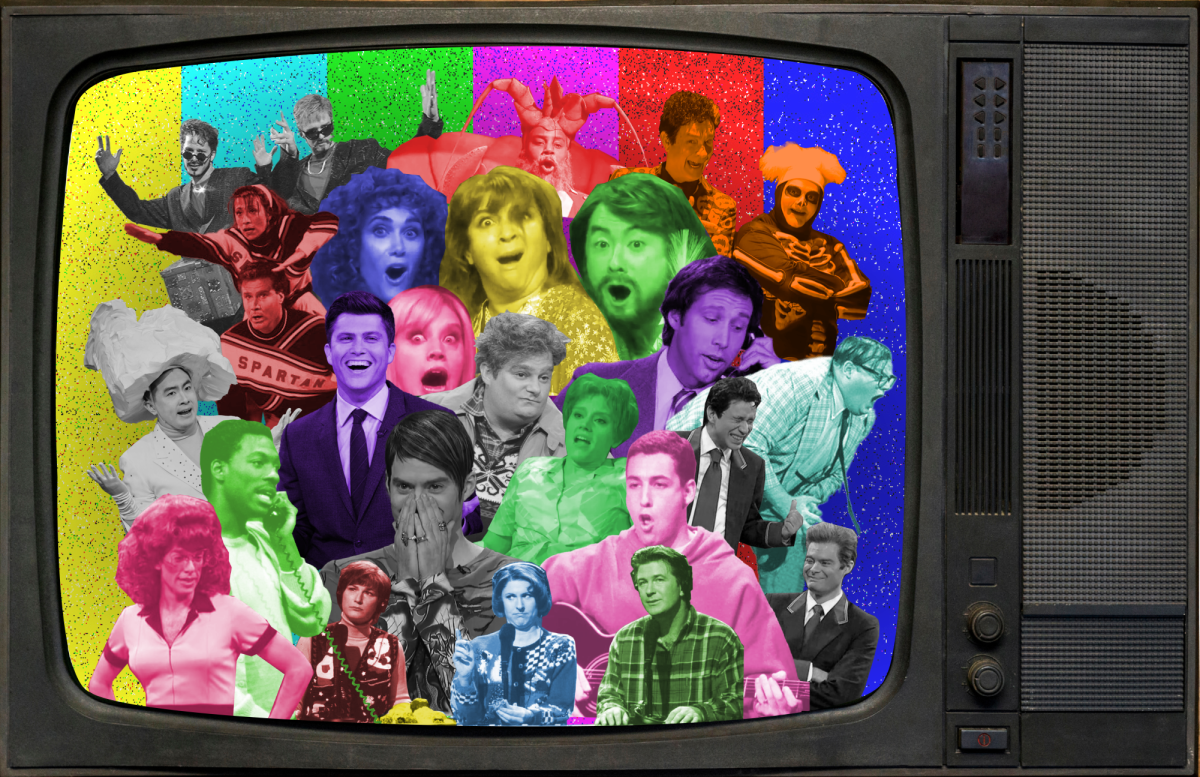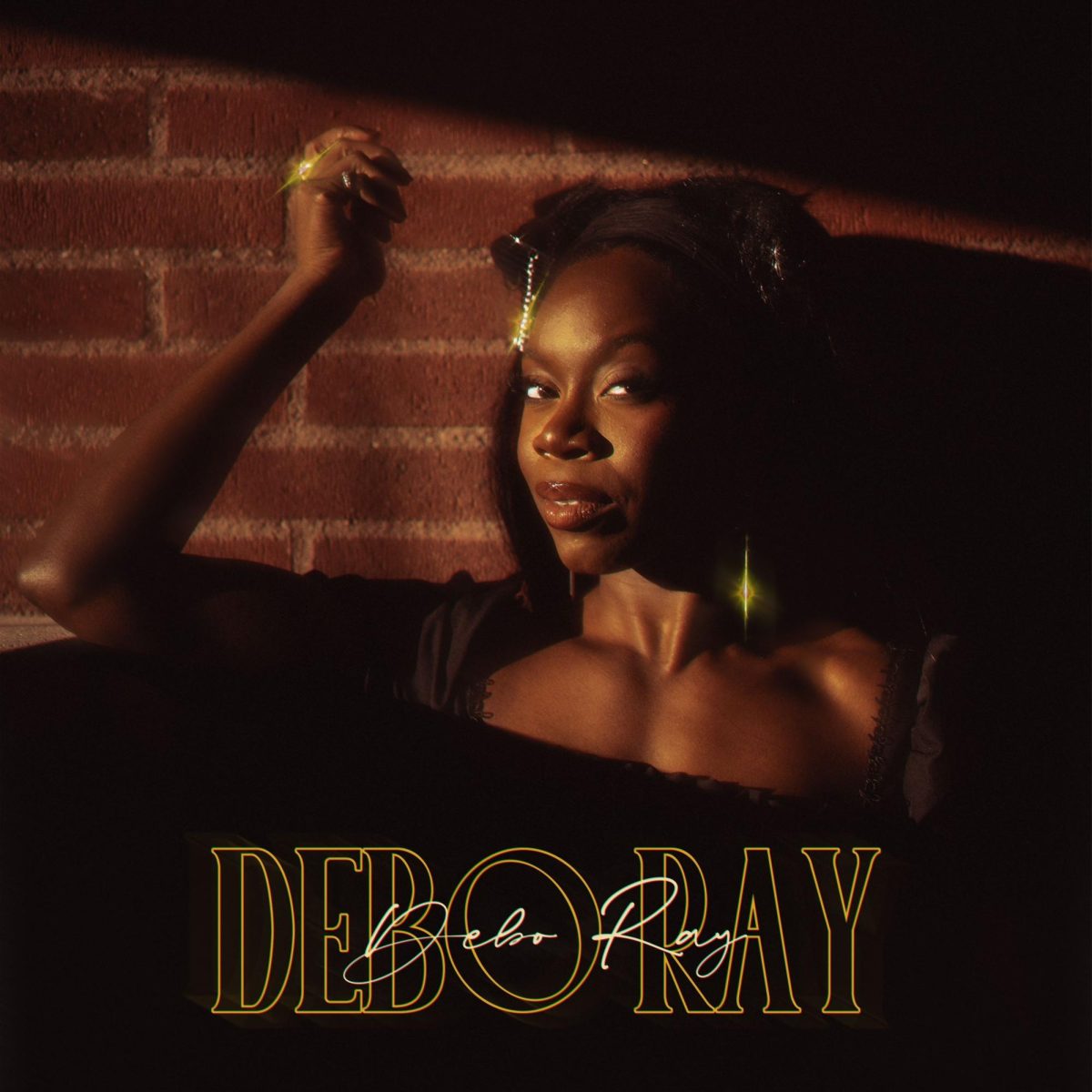By Anna Levitan
Staff Writer
In Japan, “anime” is simply slang for “animation,” referring to all types of cartoons. Outside of Japan, the word is used to mean Japanese animation. Examples range from “Pokemon” to “Sailor Moon” to “Gundam” to that weird tentacle porn you might have heard whispers about—hey, no need to judge.
Anime, and its written counterpart, manga (usually placed under “graphic novels” in the bookstore), all too often shares a flaw with Western media: Sexism. Damsels in distress, pointless boob and panty shots, women as prizes to be won, little to no character development. We’re at a women’s college, you know where this is going.
But anime does have one genre that Western media doesn’t: Magical girls.
There are a few exceptions (all notably made by men), but in general, magical girl series are made by women for young girls. They focus on a young girl or, more commonly, a team of young girls who gain the ability to transform into magical superheroes and fight monsters and save the world.
The series are all about the girls—their struggles, their friendships, their victories, and yes, their romances. They’re about celebrating girlhood in every way. They tell us that’s it’s okay to be a girl, to like what you like—whether that’s books or pretty clothes or boys—that it’s okay to just be yourself; that all of that is even better than okay. It’s great to be a girl, these shows say. The shows may not be perfect, but in a male-dominated world, they are a breath of fresh air.
In America, the most well-known example would be “Sailor Moon,” which is about a young crybaby who’s given a magical brooch by a talking cat and told to go fight monsters, find others like her, find and protect the Moon Princess, and save the world.
“Sailor Moon” is also notable for being the first magical girl series to feature a team of magical girls. The creator, Naoko Takeuchi, said she was inspired by Sentai shows (think “Power Rangers”). The manga includes a lesbian couple (changed to “cousins” in the dubbed version, which resulted in some very confused children) and a group of crossdressers. The anime also had two villains as gay lovers and hinted that the crossdressers might actually be trans.
Another popular franchise is the “Precure” series. There are currently 11 TV shows and 14 movies within the franchise, most not connected to the others. The series started with “Futari wa Pretty Cure.” “Happiness Charge PreCure!” is currently airing. All the shows follow the same basic pattern—a group of young girls are given magical items by cute talking animals that allow them to transform into magical superheroes.
A magical girl show that has gained a large following in recent years is “Puella Magi Madoka Magica.” Although the show seems to start in much the same way as other magical girl shows, the dark twist the series took surprised many people. Although this twisted version captivated many watchers, others criticize it and claim that the show’s attempt to be dark and subversive caused it to go against the positive themes magical girl shows usually contain.
The magical girl genre is all about celebrating girls and what it means to be female. There are many out there, some better than others. Find a good one and watch it—you’ll be hooked in no time.



